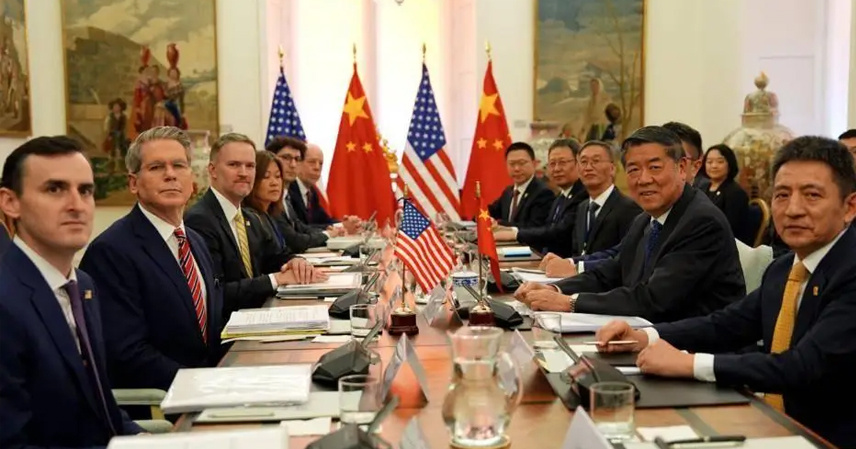Before diving into the latest China-US trade negotiations held in Malaysia, it is essential to address two recent rumors circulating online. First, some claimed that Li Chenggang did not participate in the talks. However, video footage from the negotiations clearly shows Li entering the venue, confirming that he remains actively involved. The confusion stems from his previous removal from the post of Permanent Representative to the World Trade Organization (WTO) in March. Li was concurrently appointed as China’s Ministerial-level International Trade Negotiator, so he naturally continues to attend trade discussions.
The second rumor suggested that China recently purchased 1.26 million tons of U.S. soybeans. Investigation reveals no recent imports; September’s imports from the U.S. totaled zero. The misinformation likely originated from a misinterpretation of a 2024 New York Times report about previous U.S. soybean imports. Such unverified claims underscore the importance of professional due diligence, especially ahead of high-stakes trade talks.
This round of China-US negotiations marks the fifth meeting this year, but expectations for a breakthrough should remain cautious. The complexity stems not only from bilateral dynamics but also from domestic uncertainties in the U.S. For example, the U.S. Court of Appeals recently ruled most of former President Trump’s global tariffs illegal. The case is now pending a Supreme Court decision scheduled for November 5, 2025. Should the Supreme Court invalidate these tariffs, it could force the U.S. government to refund billions of dollars in duties, complicating ongoing trade agreements with South Korea, Japan, and the EU.
These internal U.S. legal uncertainties mean that even if preliminary agreements appear in negotiations, they may not materialize into actionable trade deals. Previous months’ talks have largely involved strategic signaling rather than binding agreements, akin to “phantom” negotiations where both sides test positions without real commitments. True, enforceable trade agreements, similar to the 2020 Phase One Agreement, are still far from realization.
In conclusion, while media speculation may create a sense of urgency or confusion, understanding the factual participation of negotiators, verified trade data, and U.S. internal legal complexities is critical. The fifth round of China-US trade talks remains ongoing, but practical outcomes will depend on multiple contingent factors, making immediate breakthroughs unlikely.
References:
- New York Times, “China’s U.S. Soybean Imports in 2024,” September 25, 2024.
- Official China Ministry of Commerce announcements, October 2025.
- U.S. Court of Appeals ruling on Trump-era tariffs, August 29, 2025.



